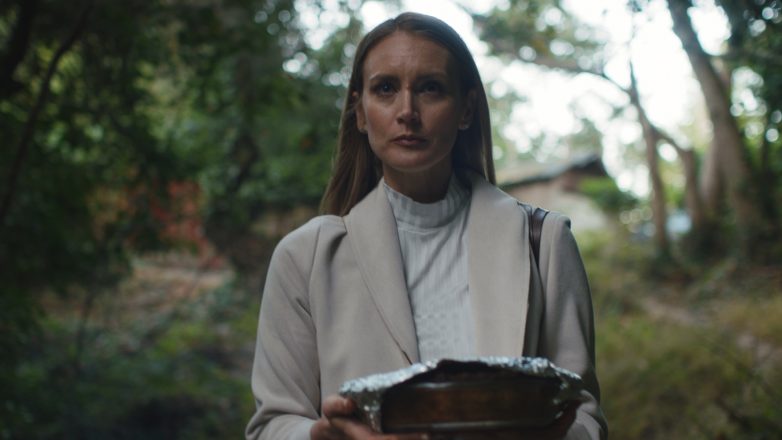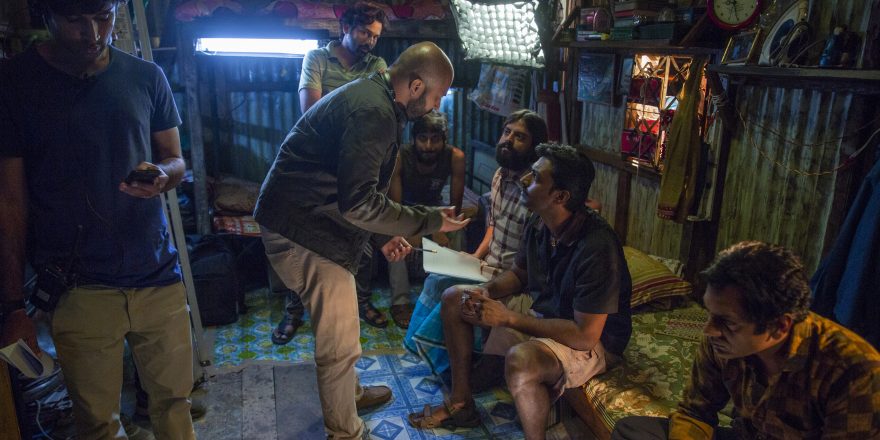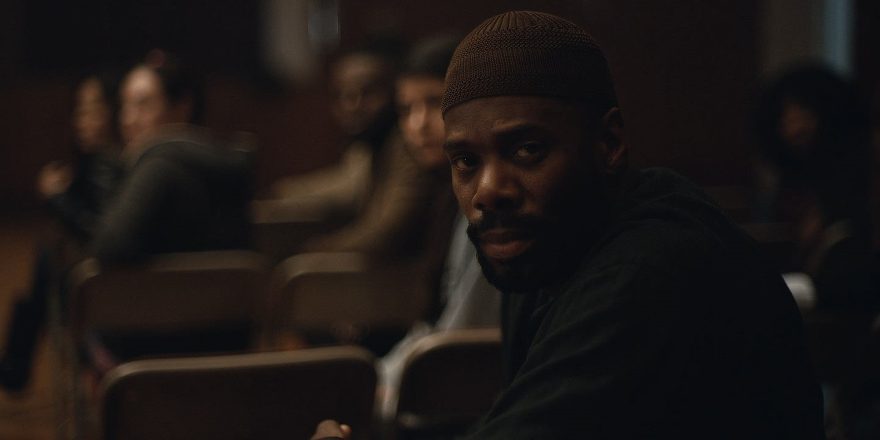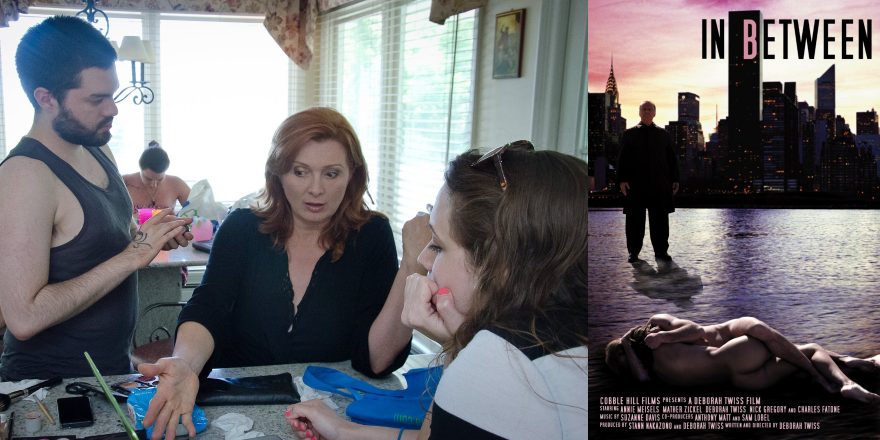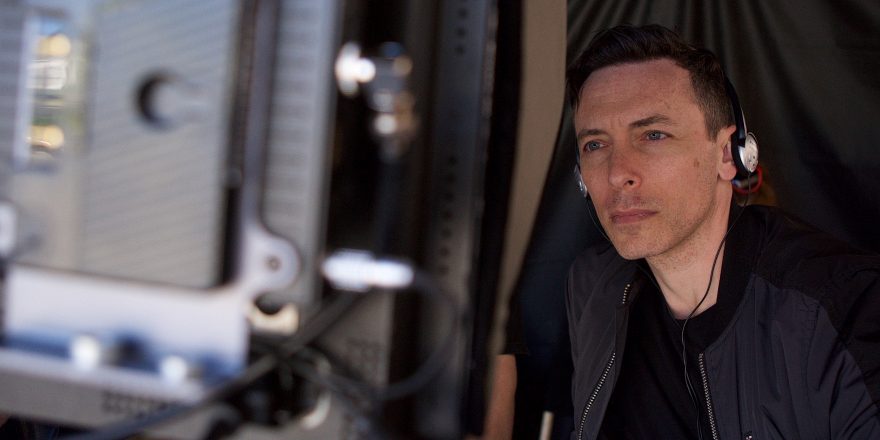Back in what now seems like a long ago 2015, a group of talented performers from Chicago’s Annoyance Theater opened up an outpost in Williamsburg, bringing to New York their infamous Holy Fuck show on Thursday nights. A set of regular performers would come up with sketches – some scripted, others improvised – put on random costumes with bad wigs and take to the stage. Perhaps the adrenaline of starting the show up in a new city fueled their extremes of creative adventure and comedic risk, though I think it just added to their knowledge that their degree of ensemble chaos would spark the fresh laughter that comedians live for. Regardless, what I witnessed that first night was what I wanted more of as a performer.
Art has a funny way of finding you, so that you may better find it. Each week, they would ask other comedians to come guest and they asked my buddy Joe Pera, who in turn asked me if I wanted to perform with him. We brainstormed. I always wanted to try a lap dance (no, fuck you, not that kind, just the kind where you sit on a friend’s lap and you make up a dance using both sets of legs). At the time, Joe was kind of obsessed with the idea of us shoving snus (powdered tobacco) in our mouths. I remember little else about the bit aside from sitting on Joe’s lap as we pushed so many snus pouches between our lips and gums, our mouths became numb — I couldn’t feel the brown drool rolling out. Not only was that a huge night for me because I finally got to sit on Joe’s lap, but it also opened me up to a world of such talented performers who were going balls to the wall every week. Thursday nights at the Annoyance became mandatory.
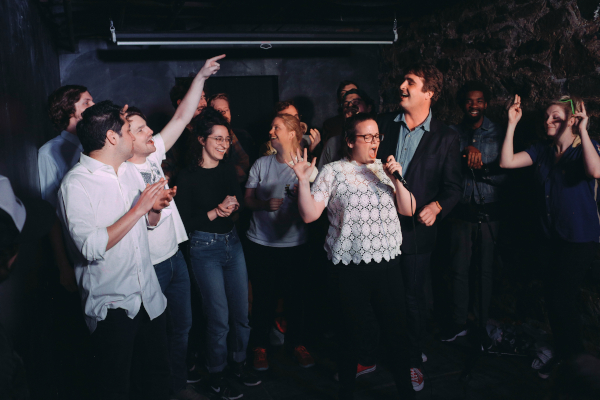
One Thursday, Annie Donley, a Holy Fuck veteran, was trying out a sketch and failing hard. It was incredible to watch. Annie is one of the most fearless performers out there, so watching her try to save her bit was just as engrossing and hilarious as sailing through it might have been. It was utterly inspiring. For years, I had been performing with my two best friends, Sunita Mani and Tallie Medel, as Cocoon Central Dance Team in highly choreographed routines. The goofiness in moves that could send us to the floor laughing at one another in the studio would be worked into a tight four-minute dance, packed with dumb butt slaps and syncopated 8-counts. Seeing the Annoyance performers experiment onstage in front of an audience, as if they were in the studio trying to figure out a dance, was freeing for me to witness. After every Holy Fuck show, whether on the stage or in the audience, I felt like a three-year old, ready for more. A couple of years after Annoyance closed its New York doors, I started to host my own variety show, Mother’s Milk. All I ask of the performers is that they do something they’ve never done before, something that scares them, that they take risks and possibly fail — but fail 100 percent. With the idea that failure isn’t really failure, just a different avenue of revelation. In the attempt to save a performance, we witness creative survival that ultimately brings us to the edge of our seats. I try to do the same as host, performing between guests and flipping the idea of “host” on its head, blurring the line between the two as radically as I can. The best nights were those most full of discovery — unrepeatable, unnameable, more than just funny.
OK, cut to March 2021. The pandemic was still raging, though the vaccine was rolling out. I was working at the same bar I am still working at today, the same bar I’ve been working at for years. Woof. (Can we sweep away the shame of working service jobs to support our work as artists? Because actually, unless you have a patron or rich relatives, it’s incredibly difficult to pursue arts in the United States. Anyway, that’s for another article.) I was at that job on March 5, when I got a long email from a Beth de Araújo about a film she was directing, set to start shooting in less than two weeks. Beth explained, “Soft & Quiet tells the story of a single day in the life of a female white supremacist. Playing out in real time, she indoctrinates a group of women into the white supremacist movement, and together they set out to harass two mixed-raced sisters.” FUCK. She goes on to say that “the film is not conventional,” that “it’s a train wreck and will be filmed as such.” And then this: “I need someone who will take risks, be bold and not be afraid to fail.” UMMMMM. BETH ARE YOU KIDDING ME!? You are essentially feeding back to me my artist code of conduct! FUCK FUCK FUCK.
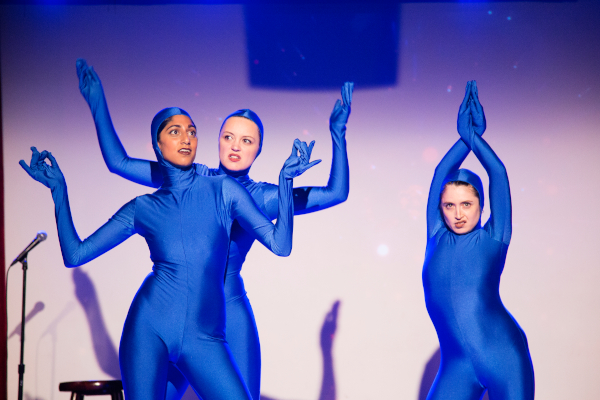
This would be shot like a play – no cuts, one shot. Beth was offering me the role of Marjorie, who is “exhausted, overworked, under-paid, under-loved, and angry about it.” She is one of a group of “like-minded” (read: racist) women who cross paths with two Asian sisters, ultimately leading to violence.
OK. The project sounded scary, perhaps dangerous to be a part of. But, if this script was any good, there was only one answer.
The thing about fear in creativity is that you need it. It’s a weird fuel. So when you call someone fearless, it’s not that they are without fear, it’s just that they are overcoming it, that in some way they are using it to spur the transformation the moment requires.
Why put more violence against Asians out in the world? I kept asking that question. But do people really know how insidious white nationalism is? Or how many women are a part of it? Do we know how many acts of violence against all minorities go underreported or even unnoticed? Do people know how badly violence against Asians spiked during the pandemic? We’re in an age of information, and yet what information are we getting? If a story can shed more light on this darkness, isn’t that progress? Not that the role of art is to make progress; I don’t think it is. Art can do that, but its main role is to engage an audience, whatever the subject and in whatever art form it may be. At its core, art tries to capture and explore the complexities of human life, however beautiful, however ugly. And we know, art is not a literal necessity — we don’t need it to survive — but somehow it’s essential to have it in the world, and for many of us, essential to make.
This was the conversation I was having with myself up until shooting began, thoughts that stayed active in my conversations with Beth and with my costars, questions without any easy or complete answers. What I came to have was a blind trust in Beth and what she was asking of me and the cast and crew, that somehow it was worth trying. Somehow worth the risk, even if we were unsuccessful in getting it.
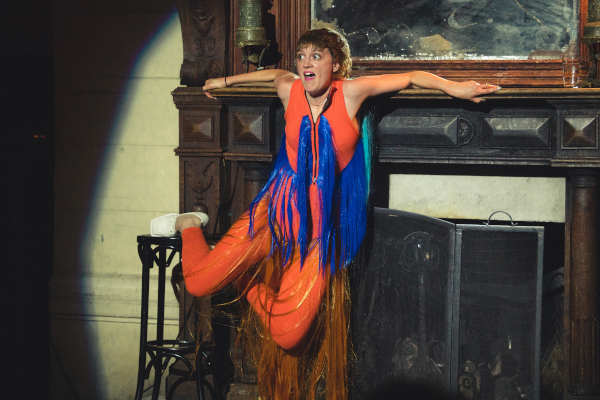
In shooting the film in one take, it puts the audience right in the action and does not let up. This violence is disturbing. You want to look away from it. By shooting this way, Beth forces us to look, to be a witness.
We all arrived in Northern California, knowing we had four days of rehearsal to find the rhythm, vet the technicalities and choreograph the scenes – and four days to shoot it straight through. The compression of so much per night, and night after night, was aimed at better capturing the combustion and intensity of the script, at making a film worthy of its horrifying subject through pushing its performers and crew to their limits.
The risk for everybody involved was great. Not only because of the devastating violence that was being depicted and the hateful words being said. There was actually a significant possibility we wouldn’t get the footage we needed. We only had four chances to make a film, the right film. Day one became a warm-up. Day two was a mess, which put more pressure on day three and four. Not only were we acting, we were responsible for executing crucial actions that happened off camera. Making sure we opened and closed this or that door for Greta Zozula, our gymnastic D.P., grabbing props that we needed in the next scene, turning lights on or off at the right moment, collectively engineering our ensemble from location to location, into and out of buildings, into and out of cars, without stopping, as Greta wove her handheld camera around and through us, with Brian Copenhagen and Corryn Deegan dancing behind her trying to get the best sound possible. If we forgot something or something went wrong, we’d have to improvise and keep going. All of us had to trust-fall into each other; no other way to do it.
The fear of not getting the film outperformed the fear of illustrating the hate at the film’s center. In advance of such a propulsive process of shooting, we as actors had to be clear about who we were as characters, about every conceptual, emotional and technical mark we had to hit per night, because there was no time for finding, only doing. To amplify the pressure cooker of the story, we had to make the victimizers and the victims believable as people caught in a horrible and horrifying chain of events. I feel lucky to have worked alongside Melissa Paulo, Cissy Ly, Stephanie Estes, Dana Millican, Olivia Luccardi, Shannon Mahoney, Rebekah Wiggins and Jon Beavers, cause damn, they’re talented. We were all trying to pull something off that we had never done before, with limited time and resources. Each one of them, along with the crew, made the process less daunting. As Beth foresaw, the relentless pace of a feature-length single take, and the creative risks that would provoke, could bring method and meaning together to better portray the darkest truths about who we can become when hate and resentment crowd out all humanity. How common has that been, and for how long? How can a film’s creative composite bring us a picture of that? How did these white women get here? My character, Marjorie, was meant to be familiar and became, I hope, a credible reflection of many white Americans. Doesn’t make enough money and is pissed off about it. Why look inward, when there’s always someone else to blame?
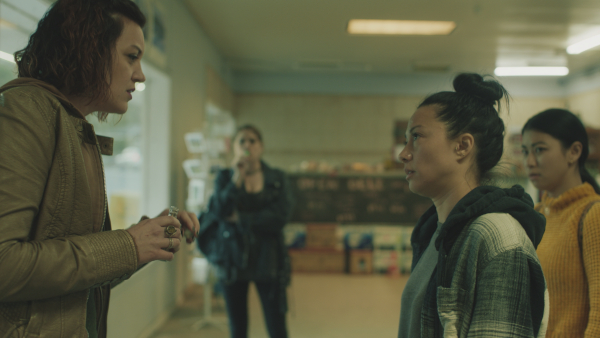
For me, the type of work I’m most drawn to — be it painting, performance, video or film — makes me fight with it. It isn’t necessarily an easy read or something you can digest immediately.
I need someone who will take risks, be bold, and not be afraid to fail.
With this one sentence, Beth was holding up a mirror to me. A film is such a demanding art form because it costs a lot of money to make, and often requires a lot of people learning to work together. These two factors can make risk-taking less of a possibility. You go with the thing you know will work instead of risking the thing that might not work. There’s simply not enough time, or it will cost too much money, etc. And so, when Beth said we would be shooting Soft & Quiet like the train wreck that it is, and that we might fail, she gave each one of us a gift. The freedom of “failure.”
In a recent conversation with my partner, Drew Beattie, who is a painter, he asked me, “Is there any great contemporary art that doesn’t hover on the brink of failure?” Ahhhhhhhhhh. That’s just it! It’s what I was so drawn to when watching the performers on the Holy Fuck show. It’s what I love about building a dance with Cocoon – take a move that shouldn’t work, and then make it work. Four nights, four takes, one film. I’d argue that every time you set foot on stage or set you are hovering on the brink of failure. Even when you have so many tools at your disposal. How and when and in what combination are they to be used? That’s the question, the platform from which you must trade the known for the unknowable and let the viewer see you take the risk.
Featured image shows Stefanie Estes in Soft & Quiet, courtesy Momentum Pictures.


